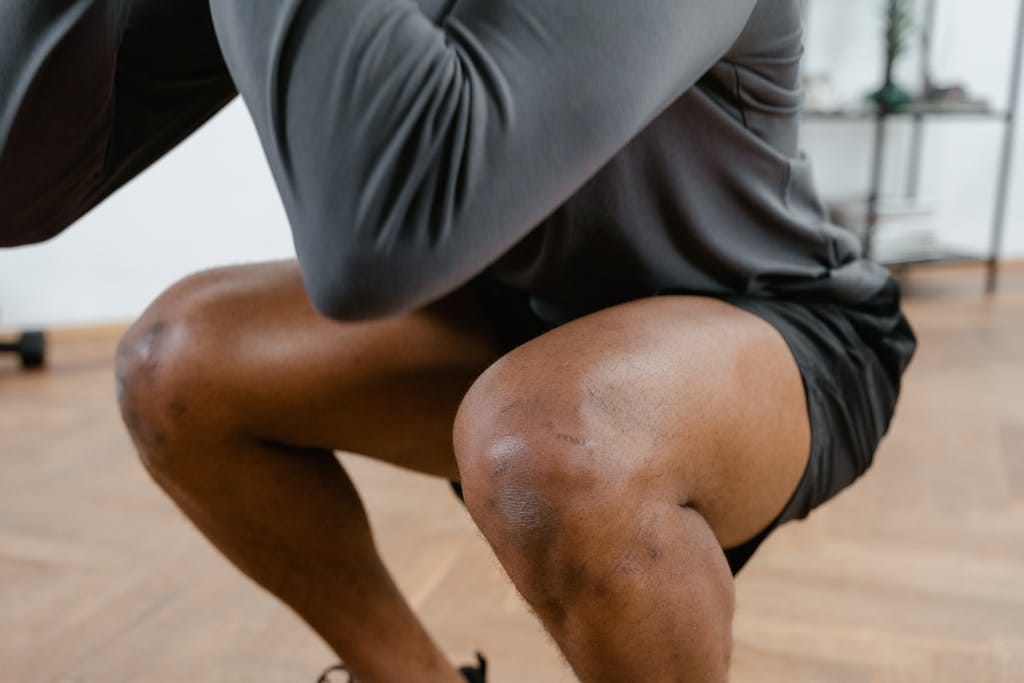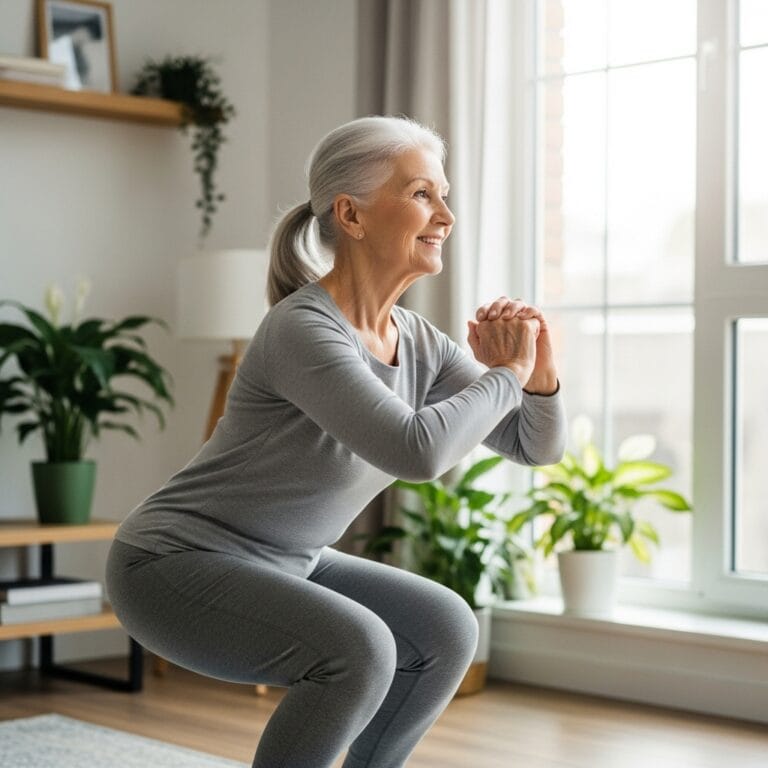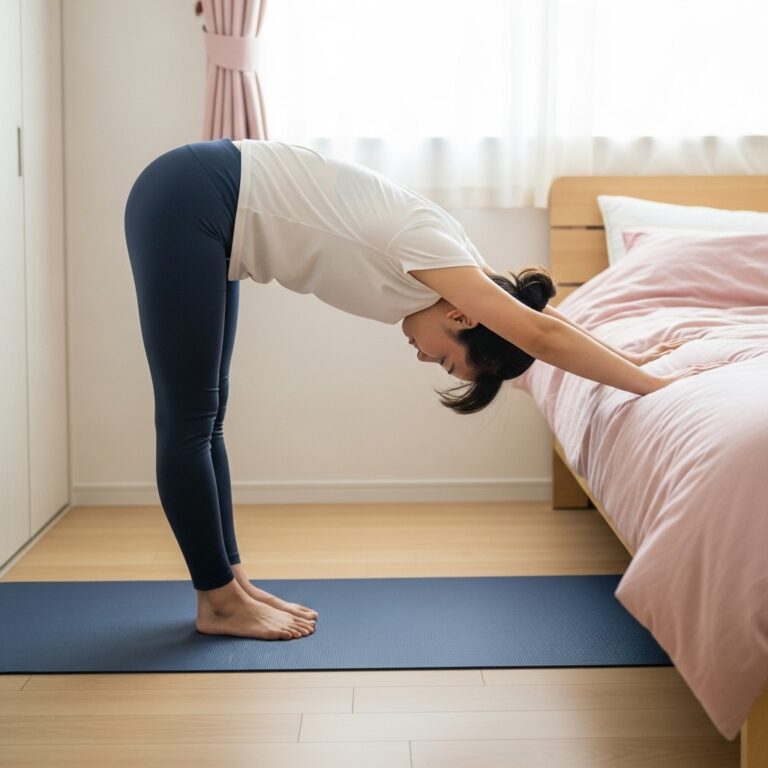FREE SHIPPING OVER $50
4 Exercises That Ended My Knee Pain During Squats
Knee pain during squats is one of the most frustrating issues for anyone who loves lifting weights or staying active. I’ve been there—wincing through every rep, wondering if I’d ever be able to squat pain-free again. But after months of trial, error, and research, I found 4 exercises that completely transformed my squat game.
In this article, I’ll share these game-changing moves, explain why they work, and show you how to incorporate them into your routine. Whether you’re a seasoned lifter or just starting out, these exercises can help you say goodbye to knee pain and hello to stronger, healthier squats.
Why Knee Pain Happens During Squats

Before we dive into the exercises, let’s talk about why knee pain occurs during squats. Understanding the root cause is the first step to fixing the problem.
Common Causes of Knee Pain
- Weak Glutes and Hamstrings: When these muscles are underdeveloped, your knees take on more stress.
- Poor Form: Incorrect squat mechanics, like letting your knees cave in, can strain the joint.
- Tight Muscles: Tight quads, calves, or hip flexors can pull on the knee joint, causing discomfort.
- Overuse: Doing too much too soon can lead to inflammation and pain.
The Importance of Addressing Knee Pain
Ignoring knee pain can lead to chronic issues, injuries, and even long-term damage. The good news? With the right exercises, you can strengthen the muscles around your knees, improve your form, and squat pain-free.
The 4 Exercises That Ended My Knee Pain
These exercises target the muscles that support your knees, improve mobility, and correct imbalances. Here’s how they helped me—and how they can help you too.
1. Glute Bridges
- How to Do It: Lie on your back with your knees bent and feet flat on the floor. Lift your hips toward the ceiling, squeezing your glutes at the top. Lower and repeat.
- Why It Works: Glute bridges strengthen your glutes and hamstrings, reducing the load on your knees during squats.
2. Step-Ups
- How to Do It: Stand in front of a sturdy bench or step. Step one foot onto the bench, push through your heel, and bring the other leg up. Step back down and repeat.
- Why It Works: Step-ups improve single-leg strength and stability, helping you maintain proper form during squats.
3. Bulgarian Split Squats
- How to Do It: Stand a few feet in front of a bench, place one foot behind you on the bench, and lower into a lunge. Push through your front heel to return to the starting position.
- Why It Works: This move targets your quads, glutes, and hamstrings while improving balance and knee alignment.
4. Foam Rolling for Quads and IT Bands
- Why It Works: Foam rolling releases tension in the muscles around your knees, improving mobility and reducing pain.
- How to Do It: Use a foam roller to massage your quads and IT bands. Roll slowly, pausing on any tight spots.
How to Incorporate These Exercises into Your Routine
Now that you know the exercises, here’s how to make them part of your workout plan:
- Warm Up Properly: Spend 5-10 minutes warming up with dynamic stretches or light cardio to prepare your muscles and joints. This reduces the risk of injury and improves performance.
- Add Them to Leg Day: Include 2-3 of these exercises in your leg day routine, performing 3 sets of 10-12 reps for each. This ensures you’re targeting the right muscles without overloading your workout.
- Focus on Form: Prioritize proper technique over heavy weights to avoid injury and maximize results. Slow, controlled movements are key to building strength safely.
- Be Consistent: Perform these exercises 2-3 times per week for at least 4-6 weeks to see noticeable improvements. Consistency is the secret to long-term success.
Tips for Preventing Knee Pain During Squats
In addition to these exercises, here are some tips to keep your knees healthy and pain-free:
- Strengthen Your Core: A strong core helps you maintain proper squat form, reducing stress on your knees. Incorporate planks, Russian twists, and other core exercises into your routine.
- Stretch Regularly: Incorporate stretches for your quads, hamstrings, and hip flexors to improve flexibility and reduce tension. Stretching after workouts can also aid recovery.
- Use Proper Footwear: Wear shoes with good arch support and stability to ensure proper alignment during squats. The right footwear can make a world of difference.
- Listen to Your Body: If you feel pain during squats, stop immediately and reassess your form or workload. Pushing through pain can lead to serious injuries.
The Long-Term Benefits of Strong, Pain-Free Knees
By addressing knee pain and strengthening the muscles around your knees, you’ll enjoy benefits beyond better squats:
- Increased Confidence: Knowing your knees are strong and healthy boosts your confidence in the gym and beyond. You’ll feel unstoppable.
- Improved Performance: Strong, stable knees allow you to lift heavier and perform better in all your workouts. You’ll feel more powerful and capable.
- Reduced Injury Risk: Strengthening your knees and improving form lowers your risk of injuries, both in and out of the gym. Healthy knees mean fewer setbacks.
- Enhanced Mobility: Pain-free knees mean greater freedom of movement, whether you’re squatting, running, or just walking. You’ll move with ease and confidence.
Conclusion
Knee pain during squats doesn’t have to be a permanent problem. With these 4 exercises, you can strengthen the muscles that support your knees, improve your form, and squat pain-free. Whether you’re dealing with occasional discomfort or chronic pain, these moves can help you get back to lifting with confidence.



